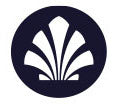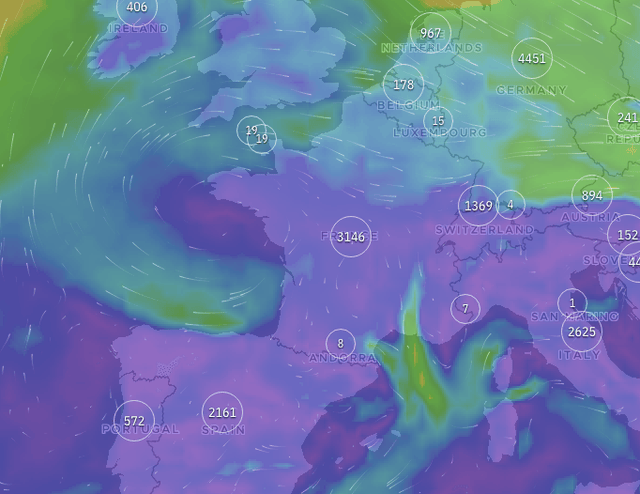UNDERSTANDING WEATHER CONDITIONS FOR RIDING
Weather conditions can have a considerable impact on water sports such as surfing, kitesurfing and wingfoiling.
To get the most out of your session, it's important to understand the different weather factors that can affect conditions on the water.
WIND
Moderate wind is your best friend for kitesurfing and wingfoiling, while calm winds can improve conditions for surfing. It's important to take wind strength and direction into account when planning your session.
The best wind for kitesurfing is generally considered to be a steady 12 to 25 knots, with a direction perpendicular to the beach, or "side shore". This allows you to head out to sea and return more easily.
Conversely, surf sessions are optimized by calm onshore winds, i.e. "off shore", which smooth and deepen the waves.
It's important to remember that conditions can vary according to location, and it's always best to consult the local forecast for the most suitable conditions for your session.
WAVES
Swell height and direction can affect wave quality for surfing and kitesurfing.
Note that swell and wave are two terms often used interchangeably in the world of water sports, but they actually have different meanings.
A swell is a series of waves propagating across the ocean, usually caused by distant weather conditions such as storms. Swells are generally larger and deeper than local waves.
A wave, on the other hand, is a movement of water that breaks at the edge of the coastline in relation to the seabed.
In short, the swell is generally bigger than the wave, so a foil rides the swell while a surfer rides the wave.
The power of a wave is defined by its period. This is measured in seconds and represents the time between two consecutive crests or troughs of the same wave. Yes, a wave with a period of 1 metre 14 is more powerful than a wave with a period of 2 metres 7.
No waves, just smooth water, perfect for stand-up paddling.
METEO
It's important to check the weather forecast for conditions such as water temperature, wind strength, precipitation and possible thunderstorms.
The tide affects wave quality and water depth. It's important to take tide times into account when planning a surf, kitesurf or wingfoil session. Conditions can vary considerably depending on the tide, so be sure to check the schedule before you go.
A quality neoprene wetsuit can help you get the most out of your surf, kitesurf or wingfoil session, even in challenging weather conditions. Saint Jacques Wetsuits are designed for maximum comfort and protection against the elements, keeping you safe and comfortable on the water.
FORECAST
There are several reliable weather forecast sites for water sports such as surfing and kitesurfing. Here are some of the best sites:
-
Magicseaweed : This site offers detailed forecasts for popular surf spots, as well as swell, wind and weather graphs.
-
Windguru : specializes in forecasts for water sports such as kitesurfing and windsurfing, and offers information on wind direction and speed, sea conditions and short-term forecasts.

-
Yadusurf : offers an ultra-simple, easy-to-read vision of the forecast at sea. Perfect for beginners.
-
Windfinder :for experts, this site allows you to observe wind and wave flows.

-
Viewsurf :there's nothing like watching the conditions live on the webcam ;)
- Allosurf: live swell readings from coastal buoys + history.
By using these tips to understand the weather conditions and choosing the right neoprene wetsuit, you can maximize your time on the water and get the most out of your surf, kitesurf or wingfoil session.
At Saint Jacques Wetsuits, we pride ourselves on producing high-quality wetsuits for any weather condition or aquatic discipline.
Do you have a question, an opinion or a comment? We'd love to hear from you!





0 Comments
There are no comments for this article. Be the first one to leave a message!